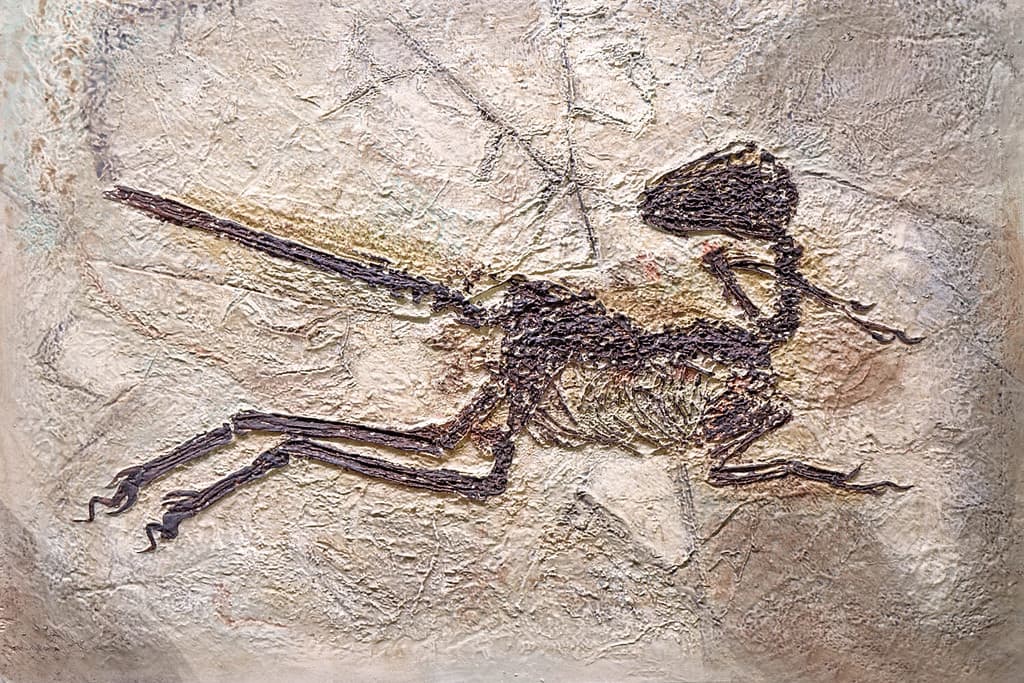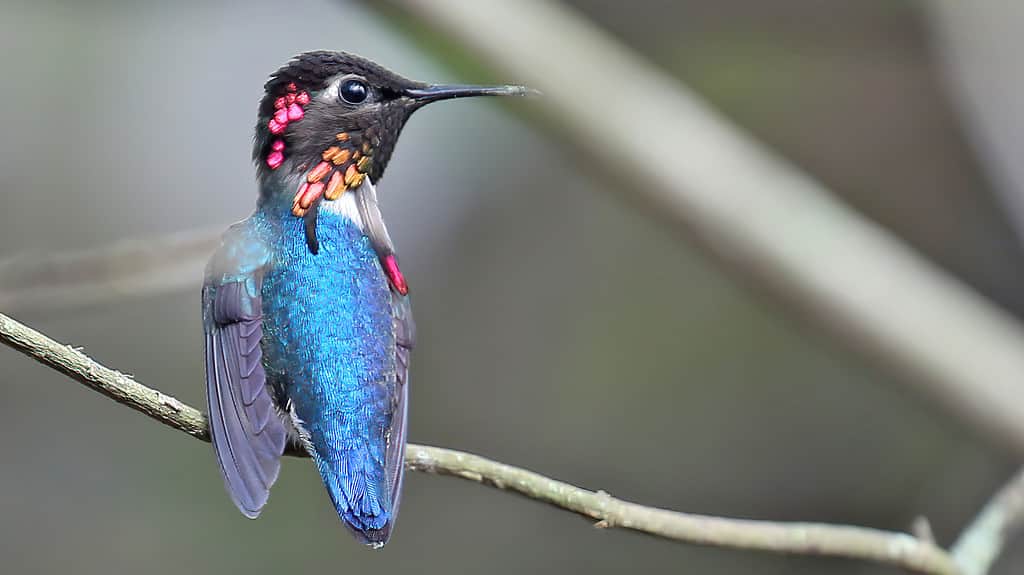What Is a Hummingbird?

There are over 340 different species of hummingbirds endemic to the Americas.
Think You Can?
Hummingbirds are tiny birds making up the family Trochilidae, and they are native to the Western Hemisphere. Forty-eight species live in the United States and Mexico, and there are over 340 species living across the entirety of the Americas. They are one of the most diverse and successful families of birds in their range, stretching from Canada to Tierra del Fuego.
Hummingbirds represent the smallest birds on Earth and also the birds with the highest metabolisms. They consume a diet made mostly of nectar and insects, and some species are very specialized in specific food sources. One of the reasons a hummingbird’s metabolism is so high is to keep up with their wingspeed and maneuverability.
Hummingbirds beat their wings over 700 times per minute, and they’re able to fly backward. This is not a talent seen outside of the many hummingbirds on Earth. They’re also quick at flying, with speeds sometimes coming in at over 30 miles per hour, and certain species undergo massive migrations as they follow resources seasonally up and down the American continents.
What Is a Dinosaur?

Therapod dinosaurs are still alive today as extant birds.
Dinosaurs are a group of reptiles that first appeared about 250 million years ago during the Triassic Period. From there, they became a diaspora of animals with varying sizes, diets, and ecosystems around the planet. About 66 million years ago, the Chicxulub asteroid hit Earth and caused the extinction of non-avian dinosaurs at the end of the Cretaceous Period.
Birds are the direct descendants of therapod dinosaurs, and this lineage makes all birds living dinosaurs. They are more closely related to extinct dinosaur species than crocodiles, alligators, or any extant reptiles. Many of the dinosaurs resulting in today’s birds were probably warm-blooded, unlike the ancient relatives giving rise to reptiles like alligators or crocodiles.
Are Hummingbirds Actually Dinosaurs?

Some therapod dinosaurs had bird-like features up to 125 million years ago.
Hummingbirds are actually dinosaurs, along with all other birds on the planet. However, hummingbirds are the smallest dinosaurs in existence.
All birds are the closest living descendants of dinosaurs because they all evolved from the same common ancestor as the dinosaurs. While not all dinosaurs are related to birds, all birds are descended from dinosaurs.
Hummingbirds and all other birds are the direct descendants of some dinosaurs. They split from other theropod dinosaurs over 125 million years ago. By that time, some dinosaurs had gradually evolved a bird’s body, and this anatomical model boomed into what we now know as birds.
Discover Why Birds Are Dinosaurs

Birds have skeletons like that of dinosaurs, which allows them to stand upright.
Birds are dinosaurs because of their ancestry. Some of the physical characteristics they inherited are their bone composition, their body structures, and how they behave.
Birds are a specific type of dinosaur that descends from a group of dinosaurs called therapods. They did not go extinct along with the rest of the dinosaurs around 66 million years ago.
At one point, a terrestrial dinosaur species evolved into an avian species of dinosaur. From there, this trajectory led to today’s existing bird species. For about 50 million years, dinosaurs went from an average of 400 pounds in size down to an average of less than 2 pounds.
Extant birds have skeletons that are almost identical to extinct dinosaur species. These animals have been warm-blooded for many millions of years, and feathers like fine hair probably existed on ancient ancestors before developing into their array of appearances today.
Some dinosaurs share a hip socket design with birds in that there is a hole that allows them to walk upright. This ability to walk upright and the hole needed are what distinguish dinosaurs from other animals like plesiosaurs and pterosaurs.
The lifestyles of specific dinosaurs that are ancestors of today’s associate brooding and nesting with this lineage. However, the first dinosaur relatives to birds didn’t fly, and flight continued to evolve after a bird-like being was in existence.
The Smallest Hummingbird Is the Smallest Dinosaur

Endemic to Cuba, the bee hummingbird is the smallest dinosaur on Earth.
The bee hummingbird (Mellisuga helenae) from Cuba is not only the smallest bird, it is the smallest living dinosaur. In contrast, the Tyrannosaurus rex is the largest therapod dinosaur to have ever lived that’s closely related to birds. The tiniest hummingbirds weigh an average of less than one-tenth of an ounce, while the T-rex easily weigh more than ten thousand pounds.
Bee hummingbirds are so small because they’re endemic to Cuba, and animals on islands tend to evolve into smaller animals throughout generations. They’re about the size of bumblebees, with their heftier individuals measuring under two and a half inches long. These hummingbirds are so small that their eggs are the same size as unroasted coffee beans.